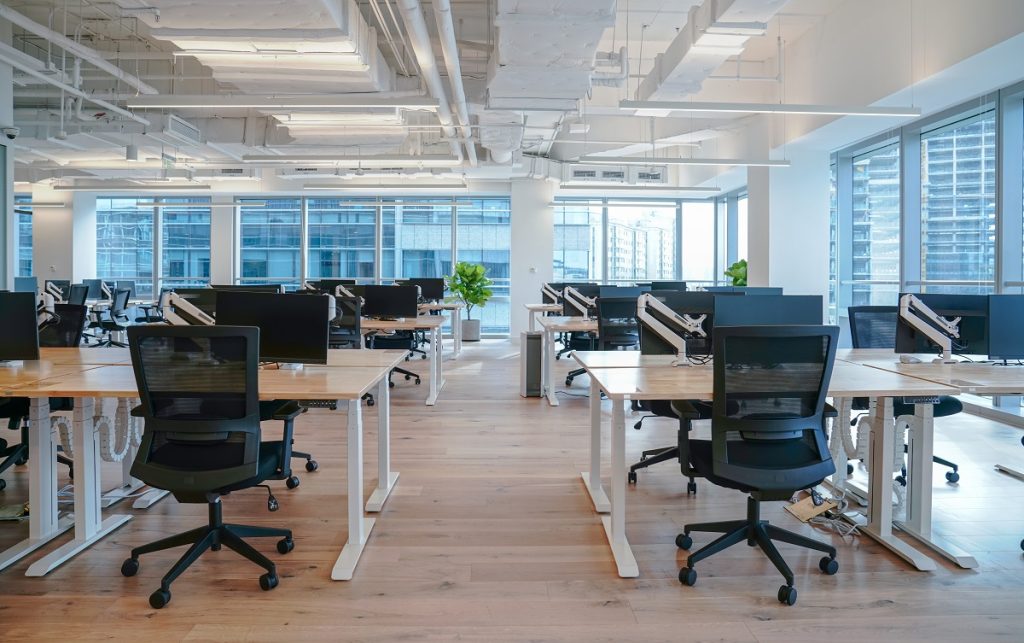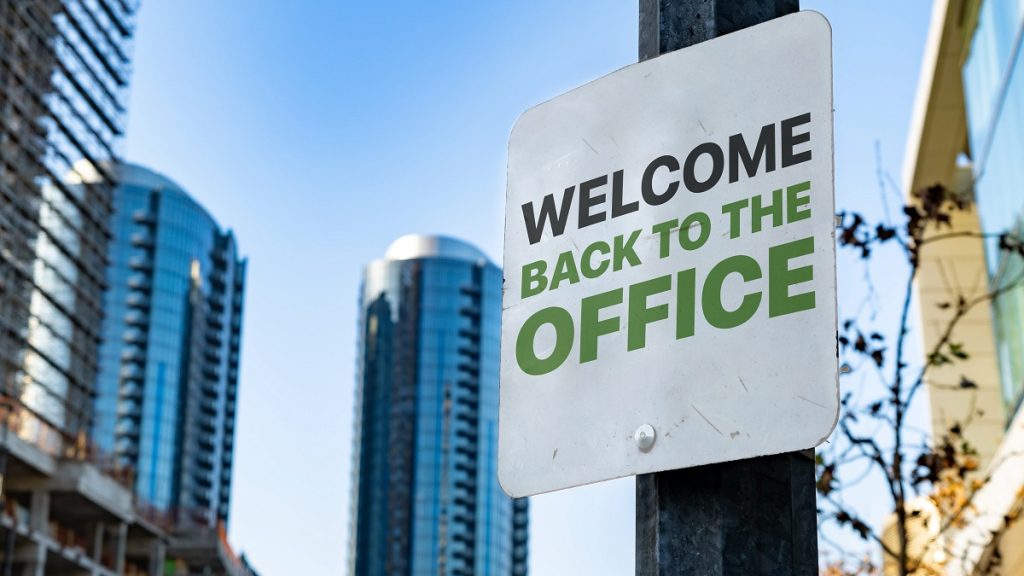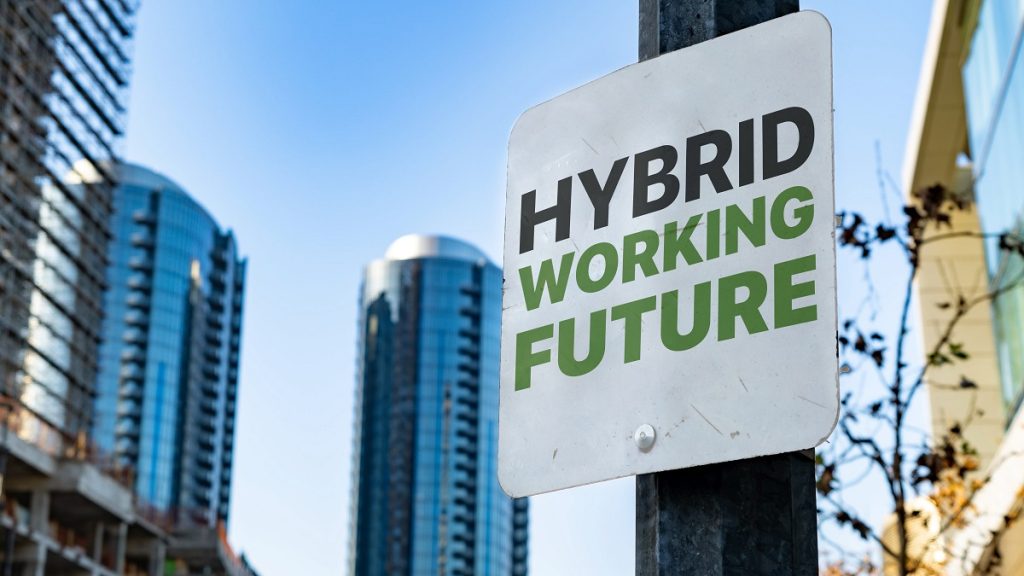Many employers allowed staff to work remotely during the pandemic. Employees liked the change, and now that the pandemic has lessened, workers are resistant to being tied to the office again. Employers, who enjoyed some benefits of a remote workforce, are now calling remote workers back to the office.
Preliminary studies indicate that work productivity remains high in a post-pandemic world, yet companies such as Dell, Amazon, Microsoft, Google, and more are limiting remote work and calling personnel back to the office.
Part of this movement might be beliefs that teams work better with personal contact, socialization with others, and more manager oversight, but economic factors might be at play as companies recall remote workers back to the office.
Why Are Companies Calling Remote Workers Back To the Office?
Creative Soft Layoffs
At Dell, for example, after CEO Michael Dell and COO Jeff Clarke sang the praises of remote work and company flexibility, the company announced that anyone with a one-way commute of less than an hour must come into the office three days a week. This infuriated workers and spread fears that the move was a “soft layoff” measure that would encourage many to resign.

The resignations would further reduce the Dell workforce, which was already cut by formal layoffs earlier this year. As the employees who quit would not receive “redundancy pay” – severance, unemployment, settlement that a company must pay workers who they lay off – Dell would cut its workforce down to size more economically.
Corporate Commitment To Real Estate
During the pandemic, many companies found that they could reduce their costs for office space through remote work. For companies with leases, the savings on rent might be in the future, but utilities and supply costs immediately decreased. Many businesses have downsized and leased smaller spaces when their leases were up.
However, as the pandemic lessened, some companies felt they were paying for the space, so why not fill it with workers?
Commercial Real Estate Market Under Threat
When many companies did not renew their leases or downgraded them, vacancy rates skyrocketed. This impacted the commercial estate market with high vacancy rates and promised long-term consequences: rising interest rates, lessening demand, oversupply, and unwillingness to upgrade and renovate.
Ultimately, if commercial real estate owners cannot pay their bills and default on their own loans, banks may be less willing to loan money to developers.
Lenders, investors, and developers have a vested interest in employees returning to the office.

Financial Ecosystem Disrupted
Area businesses depend on patronage from onsite workers. When people work from home, they may save on expenses, but the behavior change also disrupts the ecosystem near their workplace, which includes restaurants, bars, clubs, gyms, nail salons, haircutting establishments, retail-shopping stores, and an array of other businesses. Both national chains and mom-and-op concerns wither and potentially close.
When revenues to local businesses that provide services to workers shrink, cities collect less tax revenue. The reduced funds put a hard-to-replace dent in municipal budgets. Remote workers may still patronize some of the same types of businesses but not the same shops near the office; those businesses pay taxes but to different cities.
Threats To Cities As Tourist Destinations
When businesses close or reduce their hours, and cities can’t afford some services, the result can be reduced tourism. Visitors like to come to areas where restaurants are open late, they can get a hair or nail appointment on the fly, and the streets are safe. When restaurants and other businesses close or reduce hours due to falling worker demand, the city may become less attractive to visitors too.
Many researchers note that vacant office space is not the death knell for cities or economies. Studies at HJCH, the Harvard Joint Center for Housing, suggest that empty city real estate could be transformed into housing occupied by people who work at home and need services. Renovation of older commercial buildings to housing is not a simple solution.
Will Remote Work Survive?
Remote work and telecommuting have been growing since 1970; the pandemic made it an option for many workers. Now, millennials, the largest component of the workforce, and other demographics have come to view it as a preference.




According to statistics compiled by Owl Labs from a study of 2,300 workers:
- Between 2021 and 2022, 24% more people choose remote work, while 16% more chose hybrid work. Interest in working in an office dropped 24%.
- 66% of workers would look for a new job if they couple no longer work remotely, while 38% would quit.
- 52% of workers would take 5% less if they could work remotely, and 23% would accept a 10% pay cut.
The sample for that study was small, but researchers see the results as a signal of the increasingly important role remote work will play in the employment landscape.
As businesses and cities grapple with the changes forced by remote work, many businesses see the upsides of remote or hybrid work as they feel pressure to limit or control it. Deciding how to integrate work preferences with business and societal needs is a process that will develop and unfold in the coming years.


